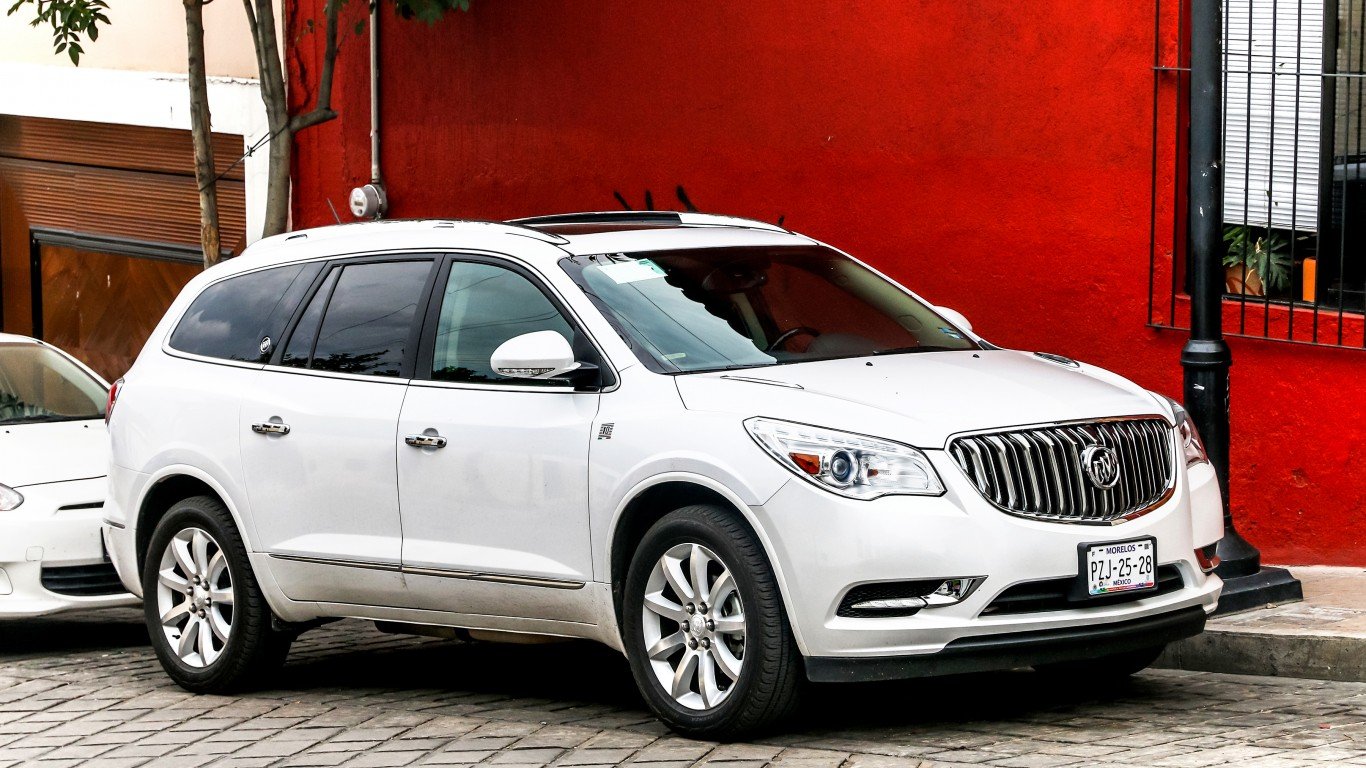

Tesla Inc. (NASDAQ: TSLA) may have just bucked some of the concerns about its production and deliveries on its electric vehicle production. While this does not culminate into an earnings and revenue figure for guidance, Tesla announced after Tuesday’s closing bell that its second quarter production reached a record of 87,048 vehicles. It also saw a record number of deliveries at approximately 95,200 vehicles in the quarter.
The press release from Elon Musk & Co. also indicated that Tesla made significant progress streamlining its global logistics and delivery operations at higher volumes. This in turn is said to generate cost efficiencies and improvements to Tesla’s working capital position.
Ahead of the release, Barron’s had issued the reminder that Tesla had previously told its shareholders that it expected second quarter deliveries of between 90,000 and 100,000 vehicles. The consensus estimate was said to be closer to 84,000 electric vehicle deliveries in the second quarter. It delivered roughly 90,700 vehicles in the fourth quarter of 2018 for a reference to this last period.
Of the 87,048 cars produced, there were 14,517 Model S/X and 72,531 Model 3 cars. Of the 95,200 electric cars delivered, Tesla showed that 17,650 were Model S/X and 77,550 were Model 3.
Tuesday’s release further noted that the number of customer vehicles in transit at the end of the quarter were over 7,400 — but the metric has become less relevant and the company no longer intends to disclose the number customer vehicles in transit ahead. The press release further said:
Orders generated during the quarter exceeded our deliveries, thus we are entering Q3 with an increase in our order backlog. We believe we are well positioned to continue growing total production and deliveries in Q3.
And for any interpretations around the earnings report and how all of that factors in against revenues and earnings per share, the company said:
Our net income and cash flow results will be announced along with the rest of our financial performance when we announce Q2 earnings. Our delivery count should be viewed as slightly conservative, as we only count a car as delivered if it is transferred to the customer and all paperwork is correct. We count a produced but undelivered vehicle to be in transit if the related customer has placed an order or paid the full purchase price for such vehicle. Final numbers could vary by up to 0.5% or more. Tesla vehicle deliveries represent only one measure of the company’s financial performance and should not be relied on as an indicator of quarterly financial results, which depend on a variety of factors, including the cost of sales, foreign exchange movements and mix of directly leased vehicles.
Wall Street has seen many mixed research reports around the expectations for the second quarter and the rest of 2019. One analyst even relegated Tesla’s future to being that of a niche car company. Meanwhile, two other Tesla analysts see bright upside ahead.
Tesla shares closed down 1.1% at $224.55 ahead of the production and delivery figures, but the shares were last seen trading up over 7% at $242.00 in Tuesday’s after-hours session. Tesla’s 52-week trading range is $176.99 to $387.46.
Now the question is how many cars Tesla can produce and deliver in the quarters ahead — and whether or not it can do so with operating profits and without burning its cash and capital.
Essential Tips for Investing: Sponsored
A financial advisor can help you understand the advantages and disadvantages of investment properties. Finding a qualified financial advisor doesn’t have to be hard. SmartAsset’s free tool matches you with up to three financial advisors who serve your area, and you can interview your advisor matches at no cost to decide which one is right for you. If you’re ready to find an advisor who can help you achieve your financial goals, get started now.
Investing in real estate can diversify your portfolio. But expanding your horizons may add additional costs. If you’re an investor looking to minimize expenses, consider checking out online brokerages. They often offer low investment fees, helping you maximize your profit.
Thank you for reading! Have some feedback for us?
Contact the 24/7 Wall St. editorial team.



